Fear and disgust in Sumer, or What representatives of ancient civilizations "used"
Categories: Food and Drinks | History
By Pictolic https://pictolic.com/article/fear-and-disgust-in-sumer-or-what-representatives-of-ancient-civilizations-used.htmlAlmost all the holidays that exist today, in one way or another, are connected with ancient agricultural cults. Settlement and cultivation of the land contributed to the development of civilization, and agricultural cycles formed the basis of fertility-related holidays. But holidays require the creation of a special state that would allow you to get closer to the subtle world of gods and spirits, which is why the custom of "eating" on significant dates appeared.
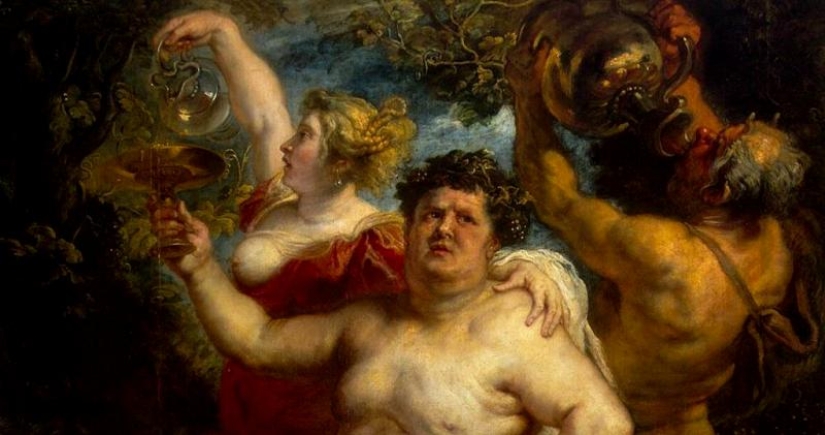
Festive rituals dedicated to the rebirth and death of nature had to be accompanied by changes in consciousness and our ancestors showed incredible imagination, following the cherished goal. Scientists have established that the first acquaintance of a person with narcotic substances took place back in the Paleolithic (40 thousand - 10 thousand years B.C.) Rock carvings serve as proof of this, making it clear that people tried to enter certain mystical states even then.
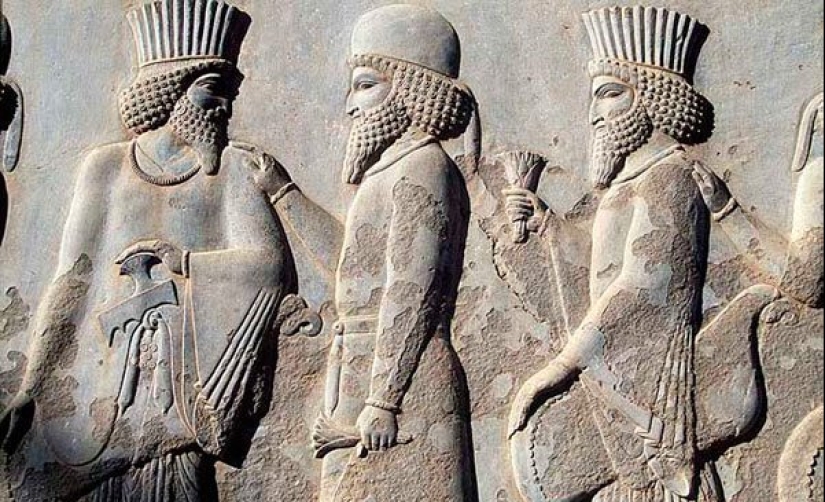
Having discovered drugs, ancient people learned to contact their subconscious, or at least they were sure of it. The state of ecstatic trance provided them with communication with gods and other otherworldly entities capable of giving answers to many vital questions.
At that time, no one knew about the destructive power of narcotic substances for health and personality, and everything, to put it mildly, "bad" that happened to people who used certain stimulants, was attributed to the anger of the gods or other not the most obvious reasons.
The first officially recorded lovers of "rest" were the ancient Sumerians who lived in ancient times on the territory of modern Iraq. Clay tablets from Nippur, discovered by archaeologists during excavations, contain, among other things, tips on the use of opium and a description of the effect of this drug.
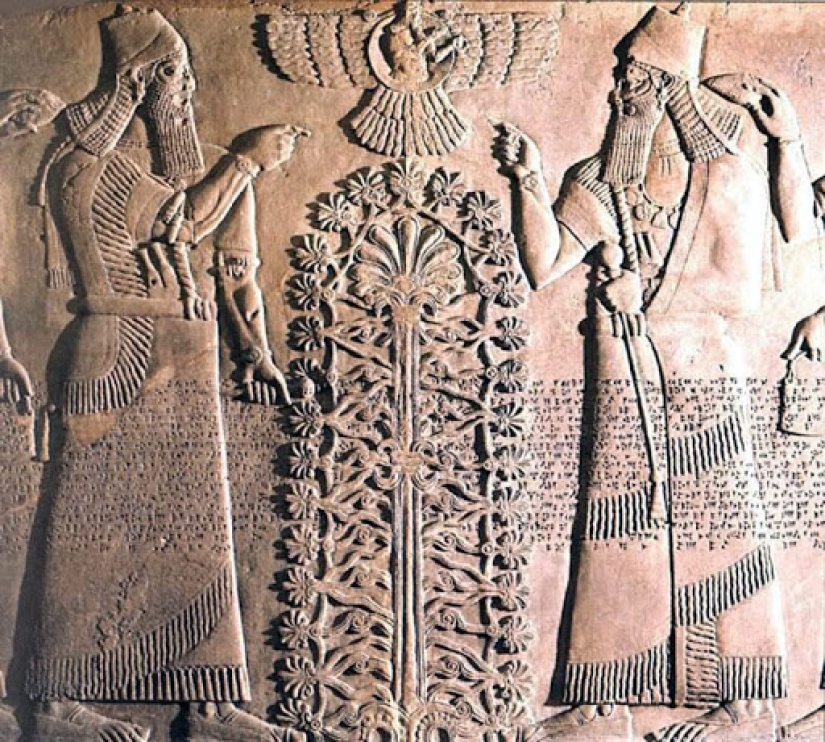
In Sumerian, opium was called "gil", which translates as "pleasure" or "joy". Scientists suggest that opium was also used by the Sumerians in so-called "death cults". In Sumer, a luxurious burial was found with 74 bodies stacked in a row with bent legs and faces covered with palms. There are no signs of damage on the remains, so the researchers assumed that these people received a lethal dose of opium and died in their sleep.
The ancient Sumerians also knew a lot about laughing drinks. Their civilization is inextricably linked with the cult of beer, which was incredibly popular in ancient civilization. Until now, scientists cannot say unequivocally why the Sumerians began to cultivate grain - for bread or to brew their favorite beer.
Most people are inclined to believe that beer formed the basis of Sumerian agriculture after all, since ancient varieties of cereals were poorly suited for making bread. The ancients were sure that beer was a gift from the gods and even invented the goddess Ninkasi, whose name translated as "The Lady of intoxicating fruits".
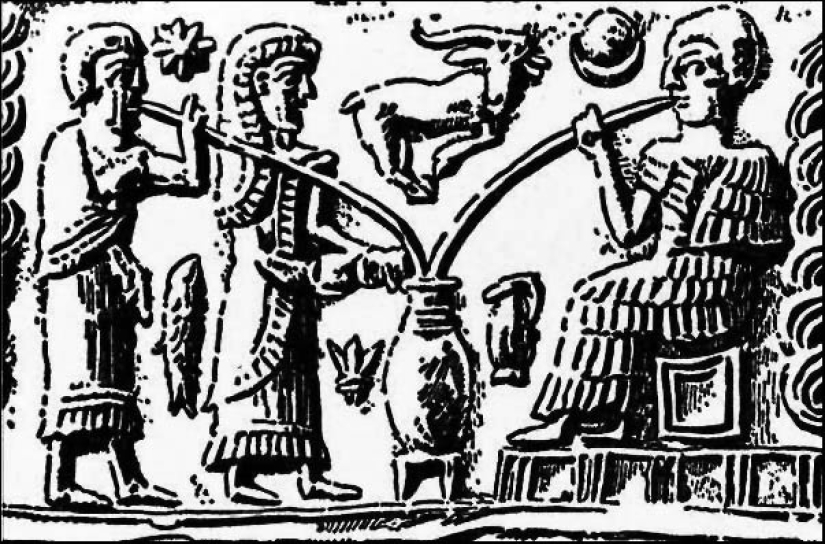
In the famous "Epic of Gilgamesh" there is a story about how the companion of Gilgamesh, the man-beast Enkidu turned into a man after 7 mugs of beer and a night of love with a woman. From this we can conclude that the Sumerian monkey turned into a man thanks to beer, not labor. The inhabitants of Sumer had many proverbs dedicated to their favorite drink: "Not knowing beer is not normal," "Cowardly, as if unfamiliar with beer."
The Egyptians adopted the experience of using opium for ritual purposes from the Sumerians. In Egypt, rock paintings of rosisi, dated to 4 thousand BC, have been discovered, which show the use of opium in religious rituals. In addition, medical papyri say that poppy juice was used by doctors for pain relief and as a sedative. At the same time, opium was not only drunk, but also administered through enemas.
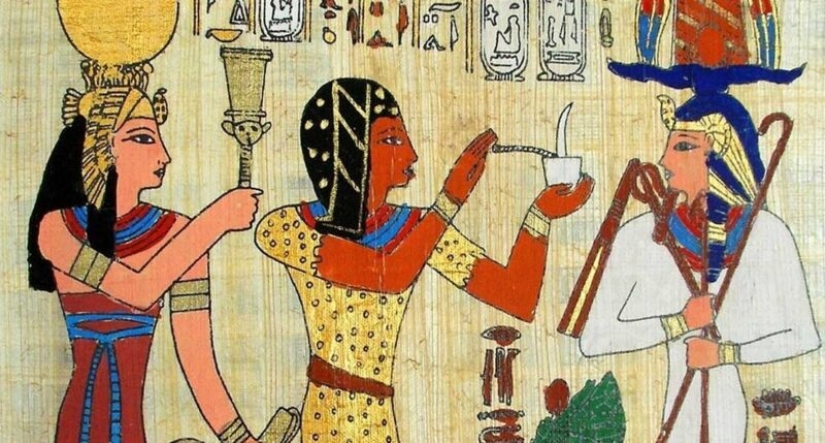
In addition to opium, the ancient Egyptians used many other plant substances with narcotic effects. Belladonna was very popular among them. There are also mentions of other herbs, but science cannot yet accurately identify them. Unfortunately, the images of plants on frescoes and papyri are very schematic and difficult to decipher.
In 1992, investigating the mummies stored in In the Munich Museum, scientists found traces of hashish, cocaine and tobacco in their tissues. At first, the results of the study were questioned and everyone decided that these substances got into the hair and skin of the bodies already in the process of their storage. But soon burials with dozens of mummies were found in the Nubian desert of Bili, tissue analyses of which showed exactly the same results.
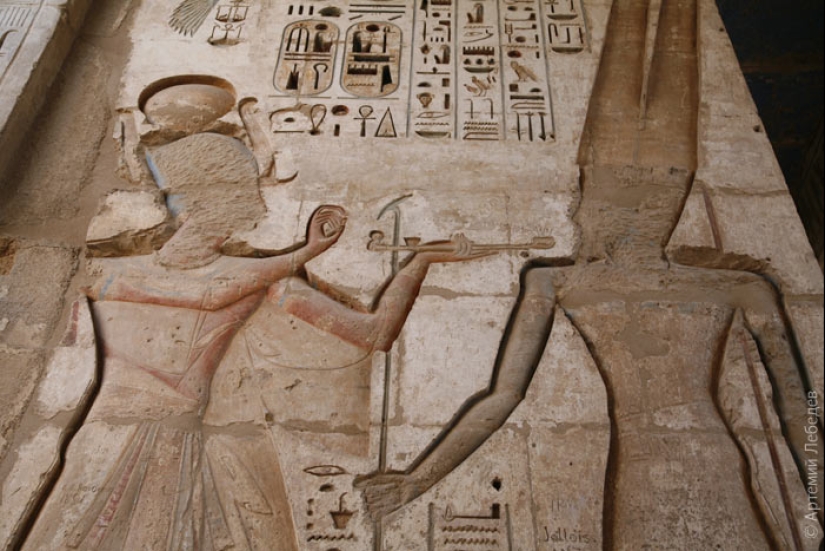
The story of cocaine in the tissues of mummies greatly puzzled the scientific world, since coca, from the leaves of which this drug is extracted, grew in South America, far across the ocean. Therefore, there was an assumption that America was discovered long before the voyage of Columbus and even before the first Vikings visited it.
The Eleusinian mysteries, dedicated to the Greek goddess of fertility Demeter, were part of the fertility cult. They were closely intertwined with the processes of dying and resurrection, communication with the world of the dead. According to legend, Demeter was inconsolable after her daughter Persephone was abducted by the god of the underworld Hades, and this story was played out using the most incredible techniques.
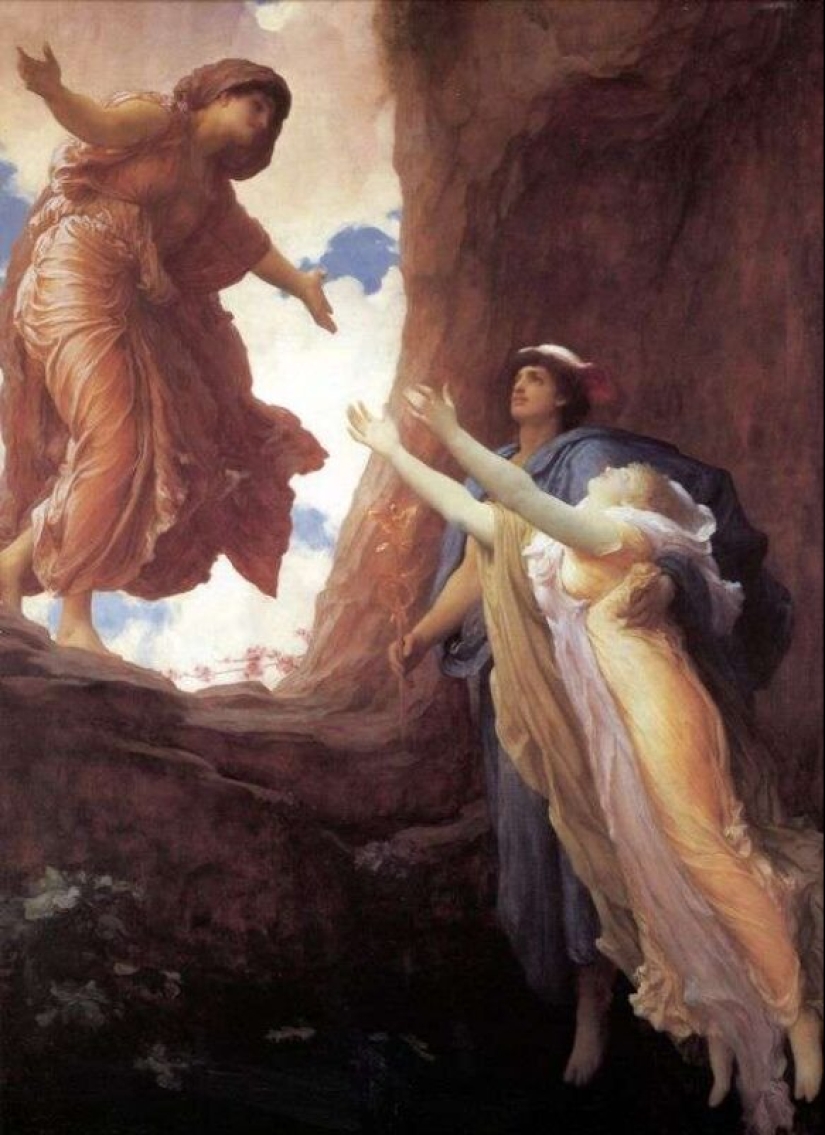
The rituals performed by the ancient Greeks during the mysteries are poorly aligned with the image of one of the most "advanced" civilizations of antiquity. The Greeks bathed in bull's blood, filled the pits with slaughtered pigs and left them there to rot, and besides, they actively leaned on a drink called "kikeon". It was he who helped to comprehend the secrets of the afterlife, thanks to his herbal components.
It was once believed that kikeon was made from water, barley and marsh mint. This is how the great Homer described the drink in the Iliad. In the poem, the sorceress Circe uses kikeon, diluting it with honey, to stop travelers in animals. The drink used in the course of the mysteries was carefully classified and the priests put to death anyone who attempted this secret.
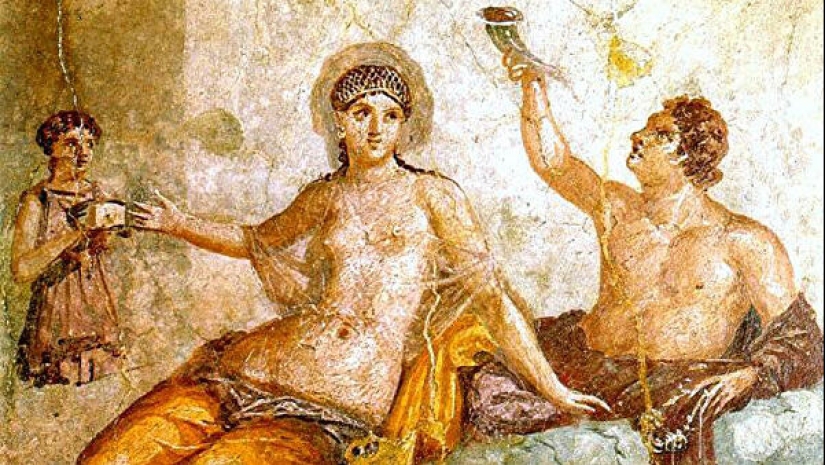
Researchers could not understand for a long time what kind of effect a fairly harmless composition could have, until in the middle of the 20th century, a chemist from the USA Albert Hoffman found that another ingredient was added to the potion — ergot. A fungus growing on cereals can cause insanity, even if accidentally ingested. Cases of ergot poisoning were known both in ancient times and in The Middle Ages, and in our days.
After Hoffman published the results of his discovery, archaeologists found traces of ergot in the ruins of the temple of Demeter and Persephones in Mas Castellar, on the territory of modern Spain. The fungus spores ended up at the bottom of one of the vases in the temple, as well as in the tartar in the remains of a 25-year-old man. So the essence of the Eleusinian mysteries was psychedelic ecstasy, achieved due to the components of the plant-based kikeon.
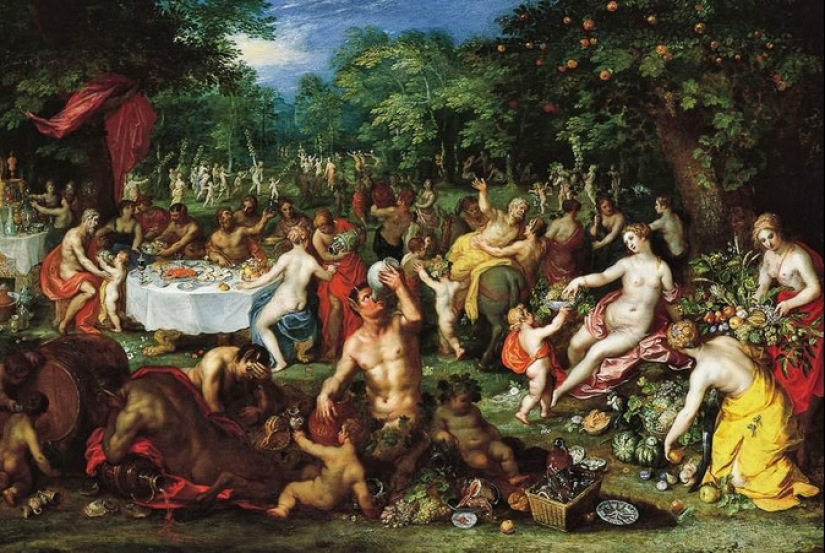
The mysteries of Dionysus were conducted using another drink - wine flavored with herbs. Ancient authors claimed that Dionysian wine sharpened the senses and, as it were, freed the soul from the shackles of the mortal body. It is known that the wine was so strong that it was diluted from 3 to 20 times. Incorrect preparation of the drink could lead to the fact that the participants of the mystery forever said goodbye to the mind.
One of the most popular drugs in ancient times was cannabis. Archaeologists found cannabis pollen in Altai caves, where 40 thousand years ago, there lived people who are commonly called "Denisovites", and various marijuana drugs and traces of their preparation were found throughout Eurasia in cultural layers that are more than 3 thousand years old. Both Siberian peoples and ancient Egyptians used marijuana, and it is difficult to mention all the ways of its preparation.
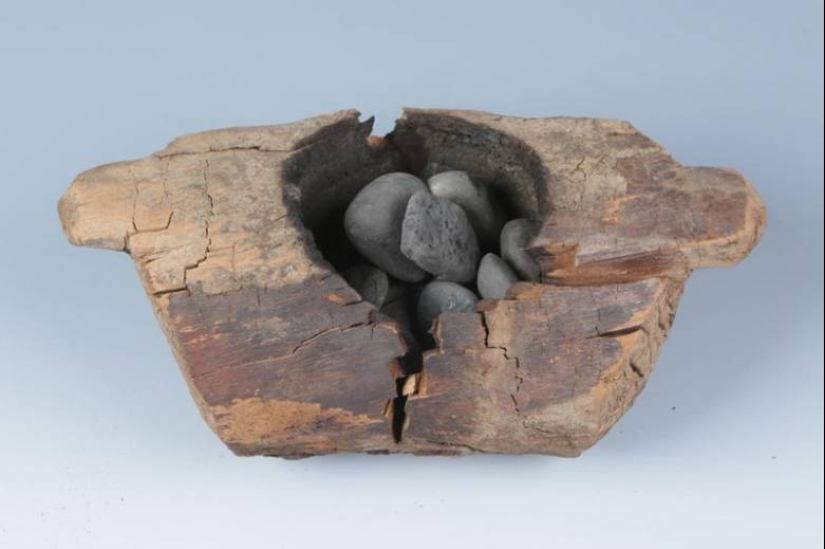
For anesthesia, the Greek healers used cannabis, and the Scythian warriors smoked it for some of their own, not too obvious purposes. In 2013, during excavations in the Stavropol Territory, scientists found bowls of gold, at the bottom of which there was a dark sticky sediment. The analysis showed that it is nothing but a mixture of opium and cannabis.
At the same time, it should be mentioned that the northern latitudes - Siberia and Scandinavia, tightly "sat" on mushrooms, among which the most popular were the most common fly agaric. They were eaten raw and also taken as a decoction. Fyodor Elistratov, a surveyor of the Eastern Geographical Expedition, wrote in 1787 about the love of the Ostyaks living near Narym for these mushrooms.
Elistratov mentioned that after taking fly agaric, raw or in the form of a decoction, the locals first became very talkative, then they start singing and dancing, and after that they fall into unconsciousness and, waking up, feel "like nailed" and do not remember anything.
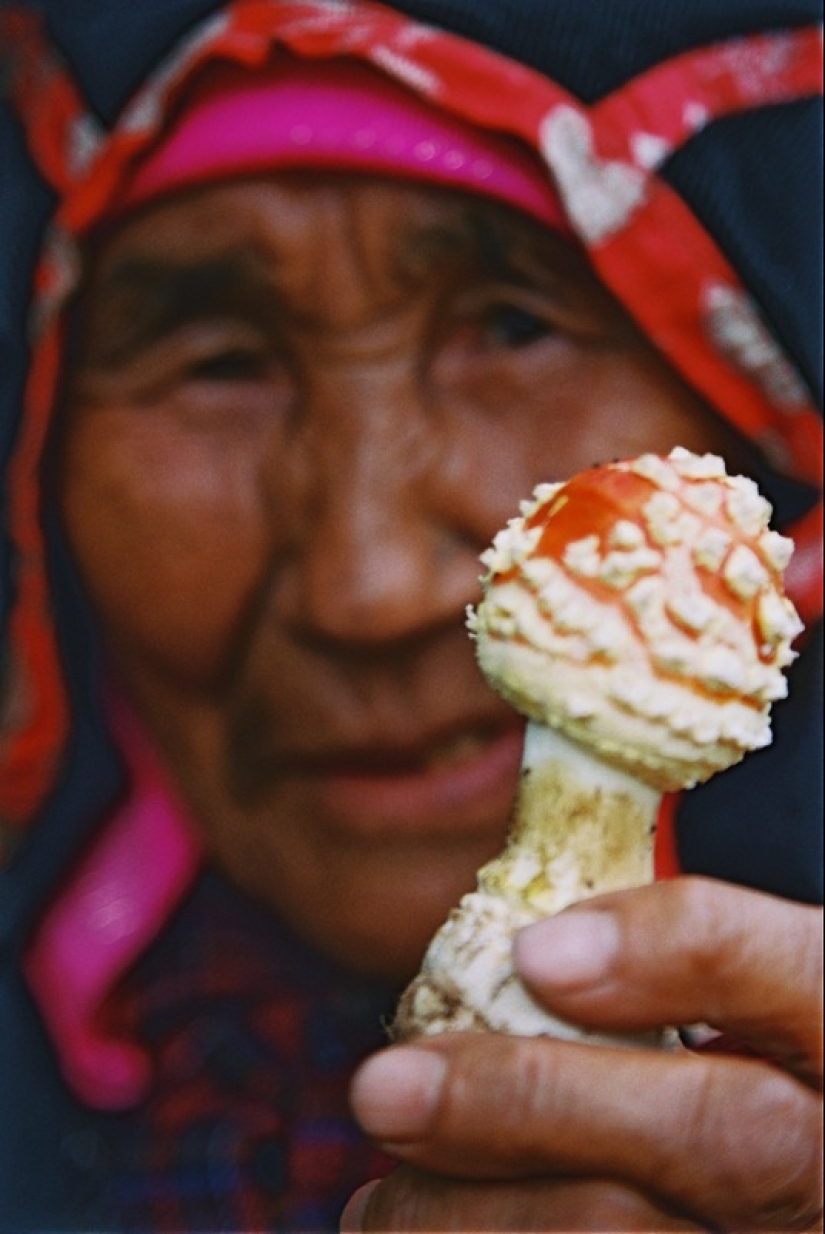
Finally, it must be said that in ancient times people were not strangers to common sense. For example, the ancient Greek philosopher Plato believed that wine should be banned for use by persons under the age of 18. Drinking undiluted wine in ancient times was a sign of bad taste and even barbarism, and for the use of narcotic drugs by persons not involved in cults or outside of school hours, the death penalty could be provided.
Recent articles

A person is different in that he is able to assess the consequences of his actions. Dogs from this post are distinguished by the ...

Can a person live without a brain? Everyone will answer this question in the negative, but will be wrong. In France, they found a ...

Wild imagination is an essential quality of any artist. And the Dutch illustrator and graphic artist Redmer Hoekstra is also a ...